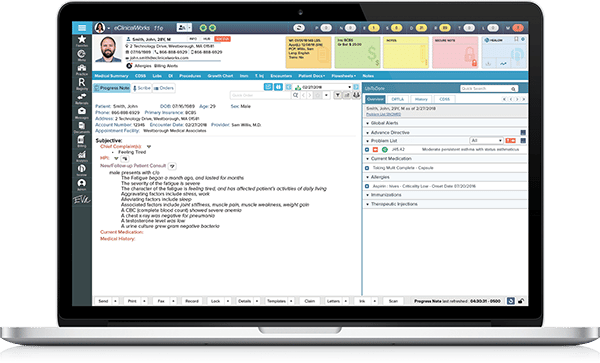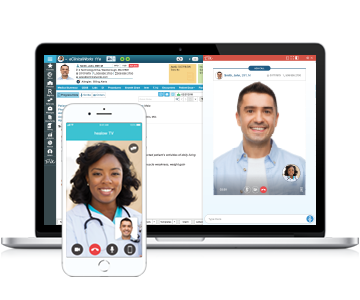Healthcare has tremendous power to do good, but its very complexity can also bring complications. Nowhere is that clearer than when patients are moving from one care setting to another.
Recent Posts
HEDIS: Improving the Timeliness of Care
Dr. Martha R. Rodriguez used to have nightmares. Except she had them during the day. At the office.
“We were inundated with lists from the insurance companies,” said Dr. Rodriguez, founder of MMR Healthcare in Boynton Beach, Florida. “Every day we would get a new list — these patients have missing eye exams, these patients are missing mammograms.”
Dr. Rodriguez admits that her knee would sometimes shake when she was faced with yet another list of patients who were out of compliance with recommended exams, because she knew that the data on those lists were sometimes 90 to 120 days out of date.
CCM: A Long-term Commitment to Teamwork
According to the Centers for Disease Control and Prevention, 60% of American adults have at least one chronic illness, and 42% have two or more such illnesses — with heart disease, cancer, and diabetes leading the list of maladies that require ongoing medical attention and limit daily activities in some way.
HCC: Gauging Risk in the Real World
Because knowing your patients’ medical histories well plays such a central role in delivering appropriate and effective treatments to them, healthcare providers today need the most effective possible risk-adjustment model available.
For Best Results, Engage Your Patients!
Why do medical practices reach out to their patients? The answer seems obvious — because patients who are engaged in their own care tend to be healthier, which makes the job of the physician easier and helps control costs.
But if the answer is so obvious, why don’t more practices have effective Patient Engagement?
Eva: A clear answer to the multitasking dilemma
Many physicians and their staffs pride themselves on being able to do lots of different tasks. Their intentions are excellent. Doctors, after all, are in the business of helping patients. So, helping as many as possible in the shortest amount of time can’t be a bad thing, right?
Seeing Interoperability Through a New Prizma
Remember those family vacations when the family packed into the car and drove for miles and miles? Eventually, someone would say what was on everybody’s mind: “When are we going to get there?”
Better Technology for the Patient’s Sake
Like many providers today, those at Portland, Maine’s InterMed are busier than ever, providing a wide variety of primary care and specialty services to thousands of patients daily. They found that one of the best ways to improve efficiency and effectiveness isn’t to work that much harder and faster, but to slow down and take the time to learn some new techniques. That’s where eClinicalWorks Scribe has made such a difference.
Blue Button: The Latest in Interoperability
Today’s technology has revolutionized the ways that we access data, and that is particularly true in healthcare. With the growing popularity of health apps and smart watches, people expect to have immediate access to their personal data. That expectation has led to improved methods for Patient Engagement through advanced clinical integrations.
How a health information search engine can help overcome physician burnout
The internet can seem endless. From exactly one website in 1991, it has grown to an estimated 1.67 billion websites, according to Netcraft’s October 2018 Web Server Survey.
Although only about 15% of those sites are active, it’s still virtually impossible for most internet users to quickly find the information of most value to them. Fortunately, search engines scour the internet to find, organize and present relevant information. According to Internet Live Stats, Google processes over 3.5 billion searches daily — 1.2 trillion searches annually worldwide.
Tackling the Challenges of Interoperability
What does it take for a large and rapidly expanding network of neurological practices to treat more than 1,000 patients a day across nearly 50 locations? For starters, it requires the right healthcare IT partner, one capable of integrating thousands of patient records into a seamless workflow. That partner would not only offer industry-leading design and function but would also be on the leading edge of the interoperability solutions that are critical in today’s interconnected world of medicine.
Physician Burnout – The eClinicalWorks Solution
Technology continues to advance in healthcare, but an epidemic of physician burnout continues to threaten the quality of both the doctor’s and the patient’s experience. Between 2011 and 2014, burnout increased from 45.5% to 54.4%, according to the American Journal of Medicine. That had a negative impact on the quality of care, patient safety, and provider and patient satisfaction. While some EHR companies’ solutions may actually make the burnout problem worse by forcing providers to spend even more time on their computers, eClinicalWorks is providing tools that help providers actually reduce the risks of burnout.
How to Minimize Physician Burnout Using Scribe
For today’s busy physicians, finding ways to speed workflows without sacrificing accurate, quality care is critical to meeting the needs of their patients. According to a July 2018 study of U.S. physicians conducted by researchers at the Stanford University School of Medicine, 55 percent reported symptoms of burnout. The study found that physician burnout is as important a factor in medical errors as unsafe medical workplace conditions — if not more so.
Three Ways Telemedicine Improves Care for Providers and Patients
Telemedicine is transforming healthcare by making optimal use of healthcare resources. By providing an in-office experience remotely, healow TeleVisits lets providers deliver the same high-quality medicine while letting patients experience the comfort and convenience of being at home or on the road. Not every medical encounter requires a physical office visit, and TeleVisits are ideal for pre-op consultations, quick post-op checkups, and many routine encounters. Secure and fully integrated into the eClinicalWorks EHR, TeleVisits are making care easier and more efficient.
The Opioid Crisis: How to Increase Patient Safety
The opioid epidemic is a problem of significant proportions and only getting worse by the day. According to the Centers for Disease Control and Prevention (CDC), more than 11.5 million Americans, aged 12 or older, reported misusing prescription opioids in 2016. Implementing clinical decision support systems can improve patient safety by strengthening guidelines for the prescription of opioids, thereby detecting and preventing the misuse and abuse of these powerful medications.

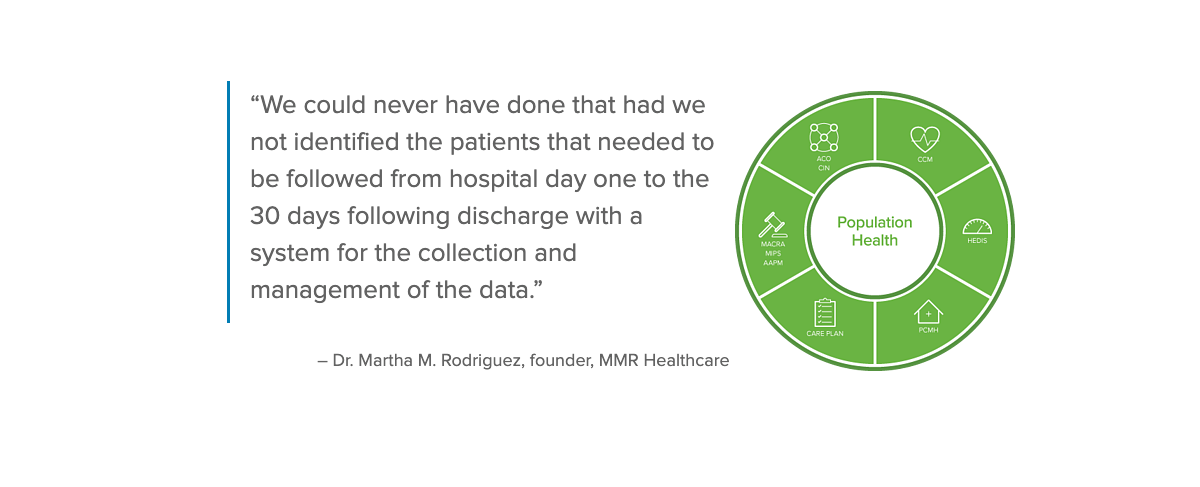
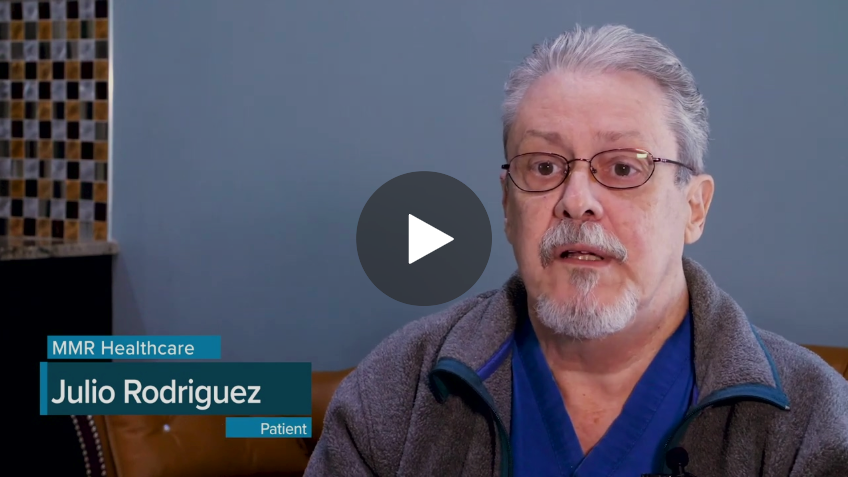
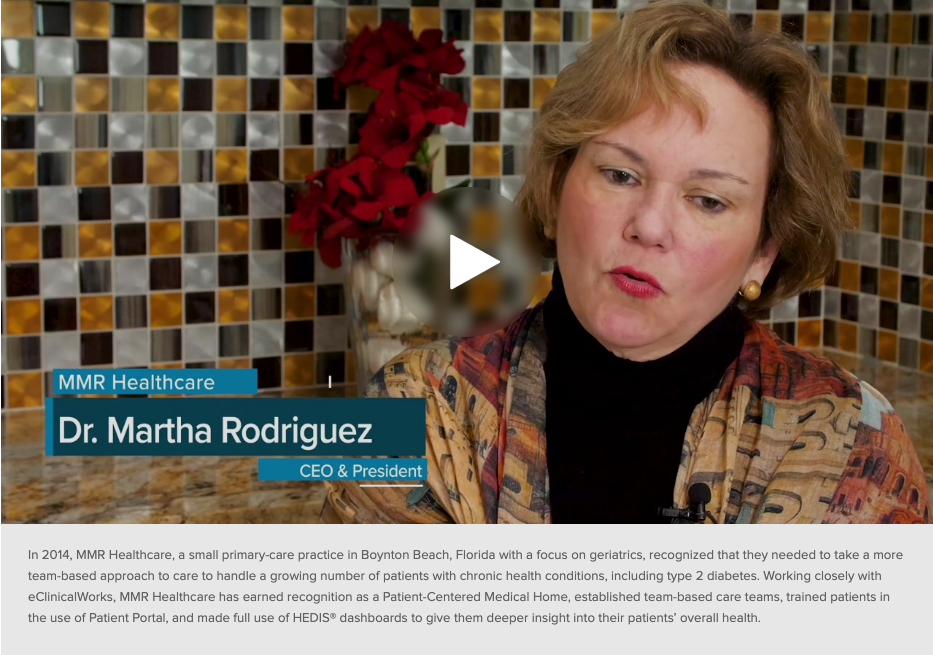

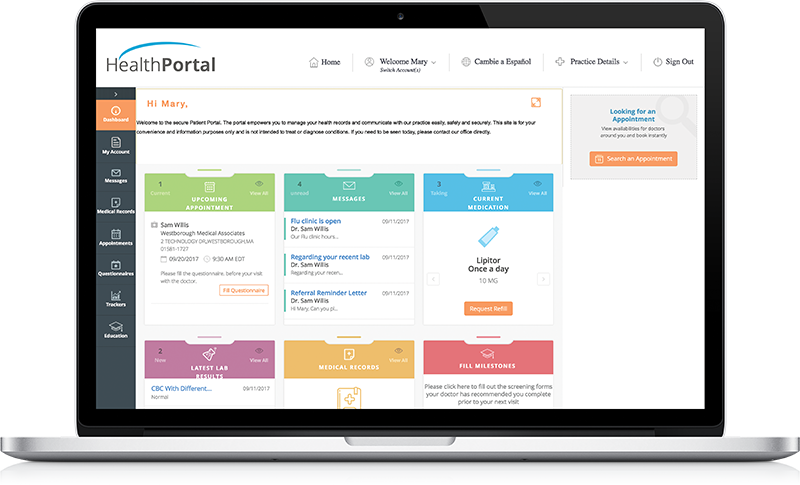

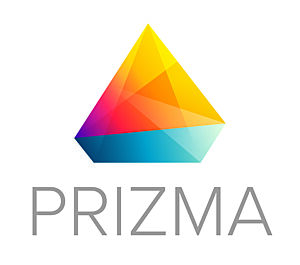
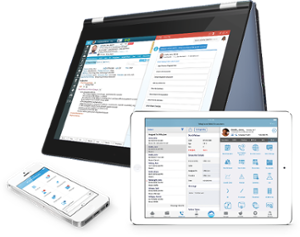
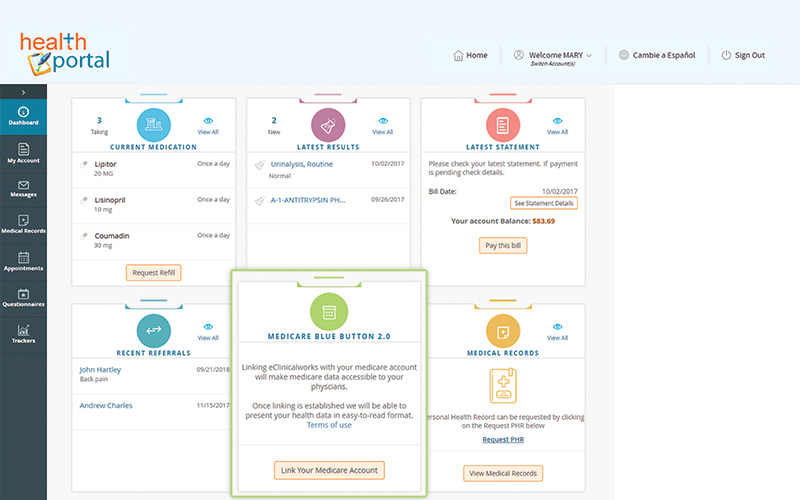
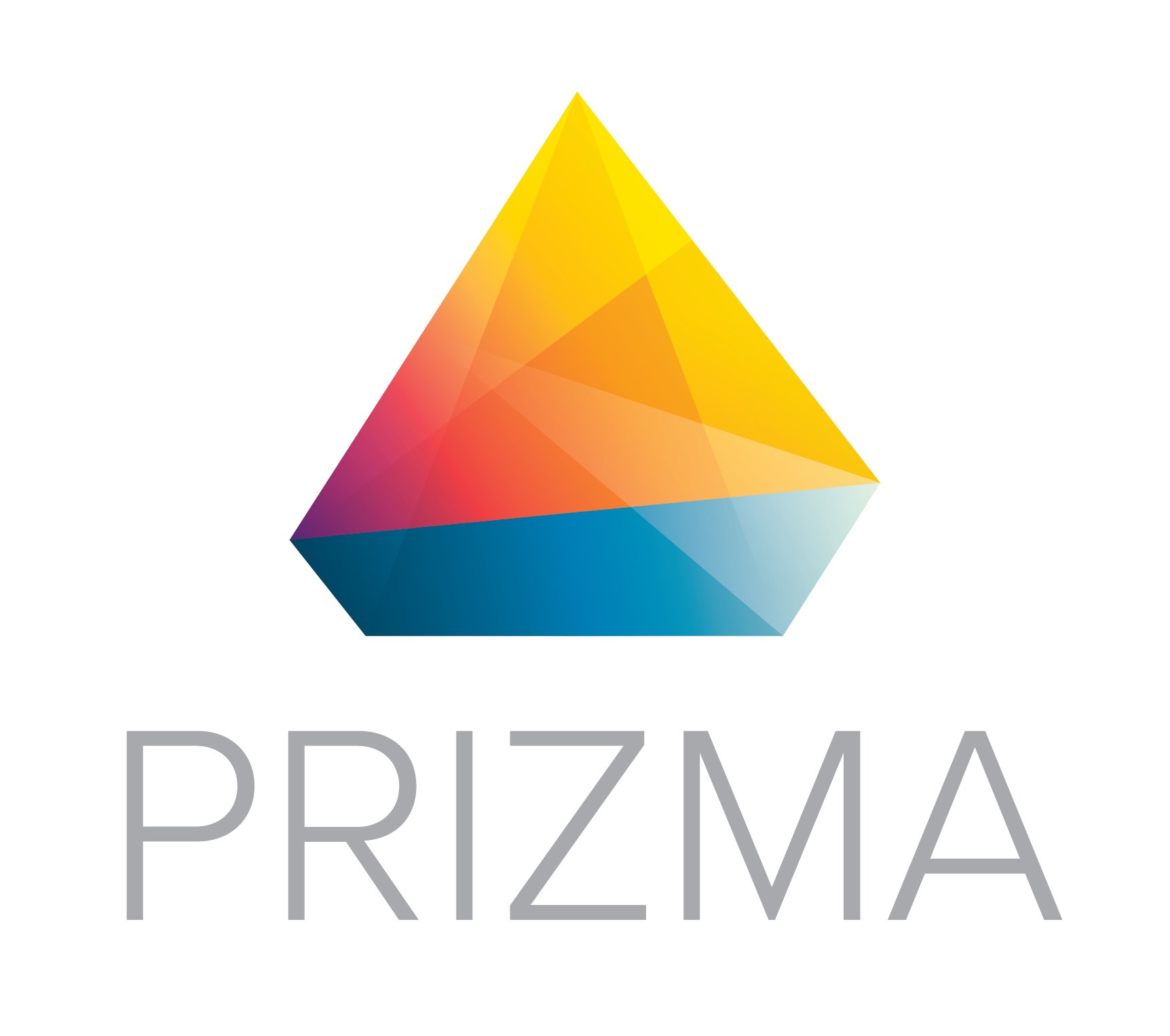
-2.png)

